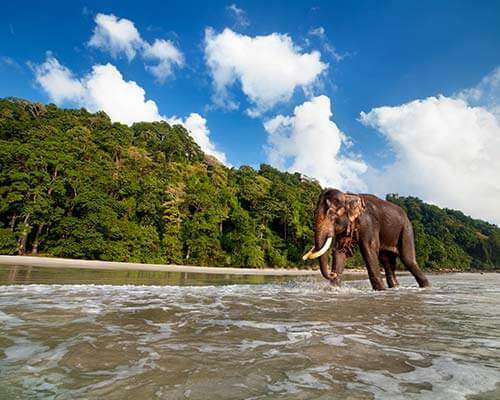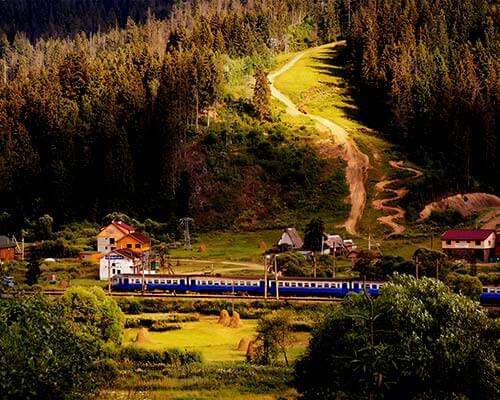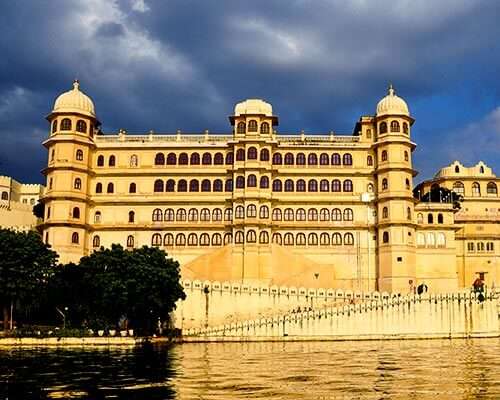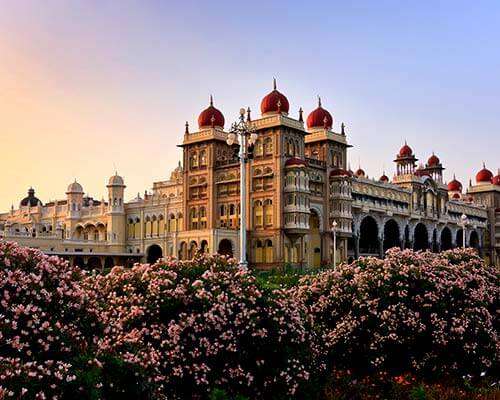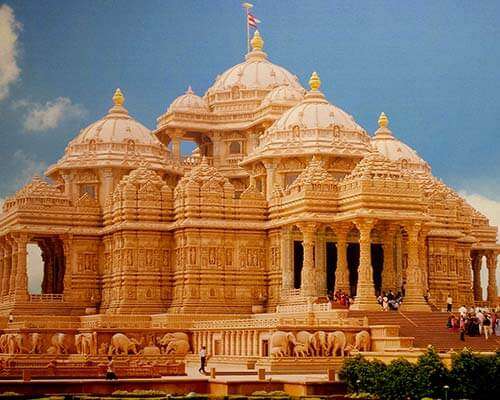Great Wall Of China: The Complete Travel Guide For First Time Visitors In 2025

The Great Wall of China is on everybody’s bucket list. Over 10 million tourists visit one of the seven wonders of the world every year. The Chinese Name of the Great Wall of China is Wan Li Chang Cheng which literally means ‘the long wall of 10,000 miles’. It is amongst the costliest developments on the planet. Instead of being one long unbroken wall, it is built up of various diverse segments.
About The Great Wall of China
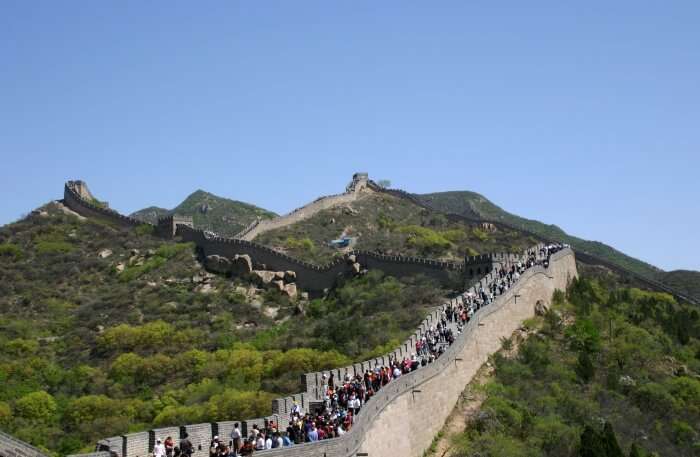
The Great Wall of China length is around 6300 km. If the length can be measured from all the distinct segments of the wall, the distance is approx. 22000 km. In December 1987, The Great Wall of China turned into a UNESCO World Heritage Site. The Wall has been constructed by over 1 million people.
The Ming Dynasty was the most important rebuilder of the walls. They completed it with fortifications, watchtowers, and cannons to much better shield their subjects from their invaders. The legend goes that a mythical dragon hunted down the course of the Great Wall of China for the workforce. In spite of general belief, the Great Wall of China can’t be seen from the moon without help.
Suggested Read: Shopping In China: 10 Best Places For Buying Classic Souvenirs And Latest Products
Looking To Book An International Holiday?
Book memorable holidays on TravelTriangle with 650+ verified travel agents for 65+ domestic and international destinations.
Facts About The Wall
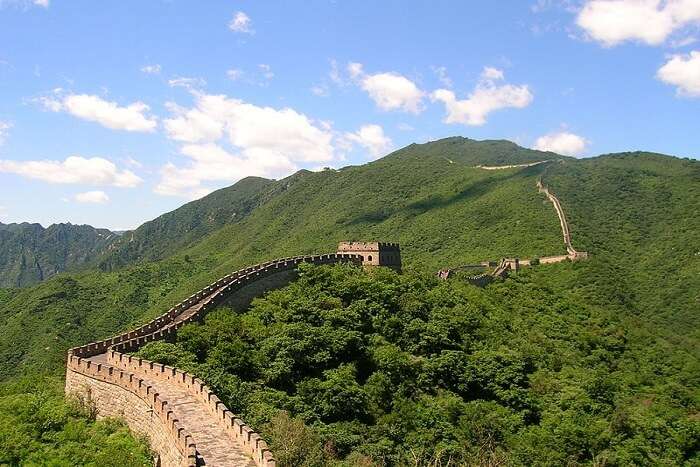
There are various myths and truths about the Wall and certain misleading facts have led many to believe in the wrong statements. Here are a few interesting facts about the Great Wall of China that will enlighten you further to keep you general knowledge in check.
- Even though it has been stated in the book, ‘Believe it or not!’ by Robert Ripley that it is possible to see the Great Wall of China from space or moon, sadly, it cannot be.
- The Chinese folk call this wall as the ‘city wall’ or ‘Long City’ and no such mention of ‘Great’ is mentioned by them.
- The Great Wall of China is only 2000 years old and not as much as many think.
- The Wall doesn’t contain any bones or corpses of any labourer and this stays a rumour as probably told by the Chief Historian Sima Qian of Han dynasty.
- The Wall is not a single wall and in fact, it is more than one and so, one cannot use ‘it’ to refer to the wall, ‘them’ has to be used as there are more than one walls present.
7 Places To Visit Near The Great Wall of China
There are several places to visit near the Great Wall of China. We have listed a few of them. Make sure to stop by these places which are no less than the Great Wall in terms of beauty:
1. Badaling Great Wall
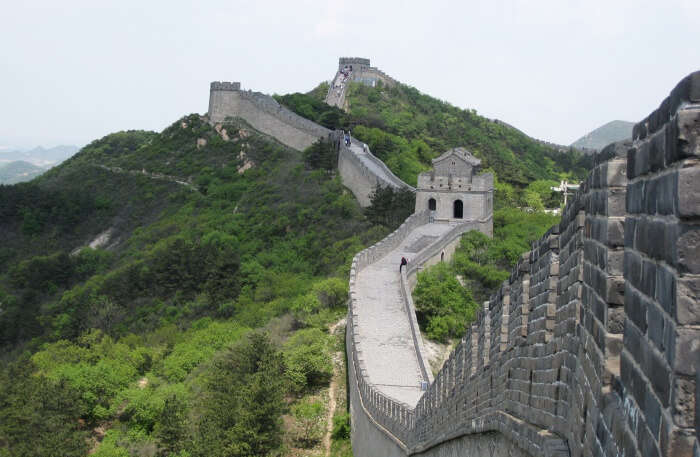
Badaling is the highly visited spot on the Great Wall of China. It lies 80 km northwest of Yanqing District, urban Beijing city. The wall served as a dominant and vital territory for securing the Beijing city and the Juyongguan Pass on the south. Bilbao is the most elevated point on the Badaling Great Wall ascending to 1,015 m above sea level. The Badaling was the prime territory of the Great Wall of China to be opened the first time for sightseers in 1957.
Suggested Read: 10 Fun Things To Do In China That Will Let You Explore A Land Beyond The Great Wall!
2. Mutianyu

Mutianyu segment is regularly suggested as an option other than to Badaling. At just a distance of 80 km from Beijing, you don’t need to go any further to be compensated with the sight here. This segment is praised for the rich encompassing greenery. More than 95% of the area flanking Mutianyu is forested with twenty of the pines are more than 300 years of age which are an attraction in itself. Mutianyu is very much developed with numerous merchants and a cable vehicle are available to transport people on the Wall. Marked by steep slopes, during your visit to Mutianyu you ought to be set up for a refreshing outing. Most of the visitors reach this segment on organized trips that often make stops at The Jade Factory and Dingling Tomb as well.
3. Nan Pass

For those trying to encounter the Great Wall much nearer to Beijing and with not at all visitor traffic, head to the southern segment of the Juyongguan – the Nan Pass – which is merely at 30 miles from the city. The Nan Pass area goes back to approximately 200 BC when the wall was initially approved amid the Qin Dynasty. The most striking element of the Nan Pass is the Cloud Platform, a watchtower established during the Yuan Dynasty. The great tower is built of white marble and incorporates the statues of divine beings, and Buddhist scriptures both engraved on either side of the entryways.
The Nan Pass is easy to reach via bus and car and is like the Badaling segment of the Great Wall in terms of restoration and development.
Suggested Read: Now You Can Win A Stay At The Great Wall Of China. Find Out How!
Planning your holiday but confused about where to go? These travel stories help you find your best trip ever!
Real travel stories. Real stays. Handy tips to help you make the right choice.
4. Juyongguan

Juyongguan is at a distance of 50 km from Beijing, located in the Guangou valley of Changping District. The pass extends down the valley and has a lovely environment, constructed amid the Ming Dynasty.
Juyongguan was at earlier times a military town that had an official residence, various temples, watchtowers, and army bases. Today, it is a conceivable site on your visit to the Great Wall of China, due to its astounding perspectives and extreme steepness.
5. Baishi Mountain

The Baishi Mountain is otherwise called Baishishan in Chinese. The white marble forms parts of the mountain, and that is the place it infers its name. Baishi Mountain’s top is created of dolomite covering 20 km square. It is set in Laiyuan County, in the territory of Hebei in China. The Great Wall Of China height 6877 ft and its principle edge stretch out to more than 22,966 ft. Baishi Mountain likewise rests 200 km southwest of Beijing, and it frames the northern end of Taihang Chain. Encompassing the Mountain’s lower region, prevail the remaining parts of the Great Wall of China. In September 2006, the zone was changed over to Baishi National Geological Park as it was being called a geological park by UNESCO. Moreover, in 2017, the China National Tourism Administration rated this site as an AAAAA-level tourist spot.
Suggested Read: 10 Best Restaurants In China To Indulge In A Dreamy Fine Dining Experience
6. Jiankou
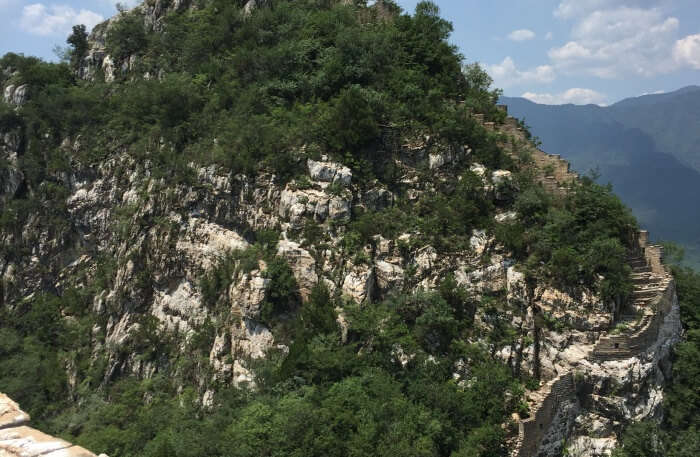
You can enjoy relevant retrieve in this unrestored but peaceful area. And the adventuresome souls can also take delight in hiking here which takes around the 4 hrs to complete. It is of a distance of 9 km from Jiankou to Mutianyu and is truly a wild track. So, only experienced trekkers must opt for it.
7. Gubeikou

Gubeikou is at a distance of 90 miles from Beijing and is most famous for being the pass which preserved the city of Beijing from Northern Mongol attacks. It is said that more than 130 battles happened right at this pass that today remains mostly in ruins. It is recognized as a famous trekking location for avid trekkers. Be cautious though as no amenities, like cable car rides or wheelchair access, are available here. The mountain is acknowledged for its perspective in the cloudy days. In these days, the mountain’s pinnacles give off an impression of being extending out from low-lying clouds and fog. The Baishi Mountain has also owned China’s longest, widest, and highest glass skywalk that stretches to 95 m at the height of 1,900 m.
Suggested Read: World’s Largest Glass Skywalk Is High Up In China And We Can’t Wait To Walk Down
Dos and Don’ts At The Wall
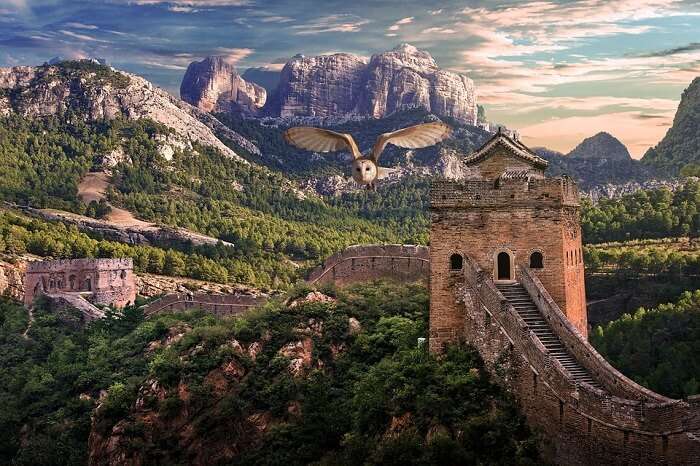
One of the main Dos that you must follow is to select the specific section of the Great Wall that you wish to see beforehand and plan accordingly. Always choose either the spring or the fall season to visit the wall. Hiking along the wall is a unique experience in itself, so make sure you don’t miss out on that.
One of the major Don’ts of the Wall is to never wear open-toed shoes while visiting as it might hurt your foot on the changing terrain. It is not advisable to camp on the Great Wall due to extreme weather conditions at times and carrying a lot of weight while hiking can also ruin your experience. Never plan a solo trip to hike on the Wall, either be with a group or travel with your friends.
The Great Wall Of China Map
How To Reach The Great Wall of China

Various trains are accessible for going to Badaling every day from Beijing Huangtudian Railway Station. It takes around 1.5 hours to reach out Badaling via train. It’s also easy to pre-book a car and driver for yourself to take you to the Great Wall of China. Usually, it takes about 1.5 hrs to reach Badaling or Mutianyu from the city center by the vehicle as well.
Further Read: 10 Tourist Places To Visit In China For An Epic Oriental Adventure!
In an age when travel spots and monuments all appear to be enthusiastically proclaimed, not merely does the popularity of the Great Wall of China fits the buzz around it, but it goes much beyond of it. Climbing a tower and watching the Wall as far as the eye can detect is an image withered into the minds of many. The Great Wall of China really is a miracle to behold. Book your trip to China and see this miracle with your own eyes!
Frequently Asked Questions About The Great Wall of China
Why the watchtowers were built on the Great Wall?
The watchtowers were made to transmit signals as per the movements of the enemies. How the Great Wall was built?
Constructed mainly out of rammed earth material and forced labour, the Great Wall of China was rebuilt with stone and brick around the time of Ming dynasty. How tall is the Great Wall of China?
The average height of the Great Wall of China is around 20-23 feet.
People Also Read:
Things To Do In China Shopping In China China Honeymoon Guide
Gaurav is an entrepreneur by profession and an avid Yoga enthusiast. He loves to explore and know about Varied traditions, arts and colourful cultures of people at different places around the world. He loves to spend time in nature and to read books.





















